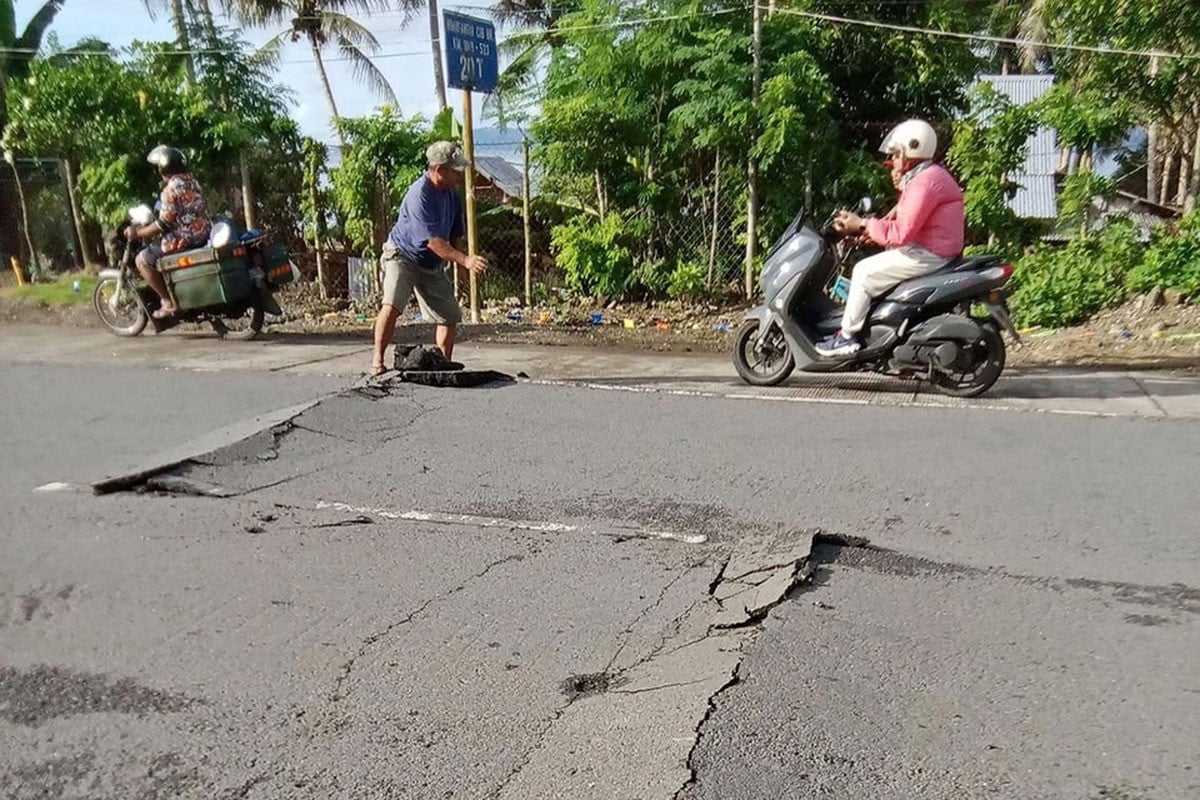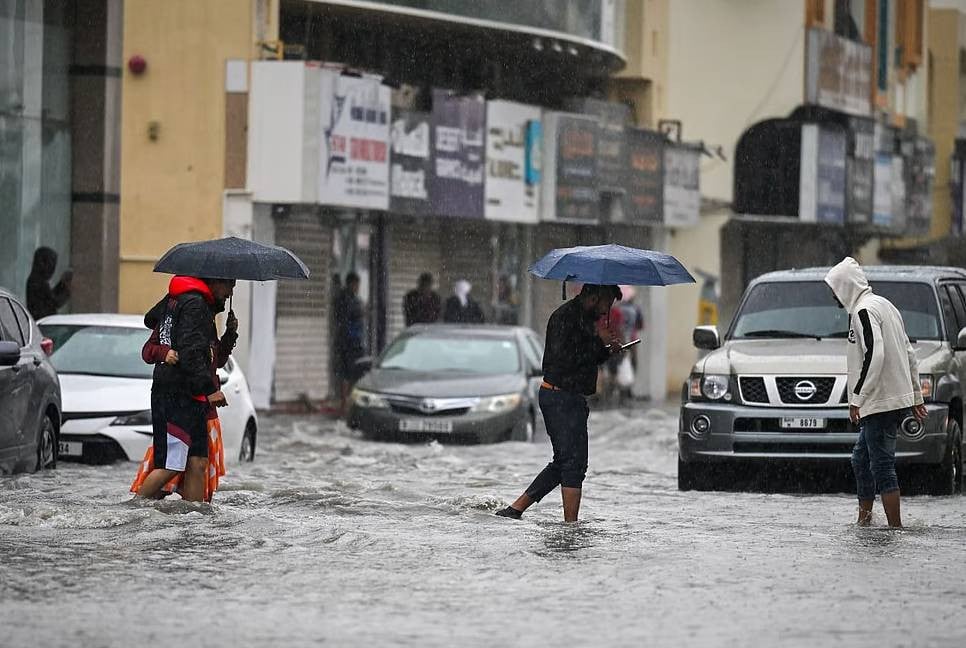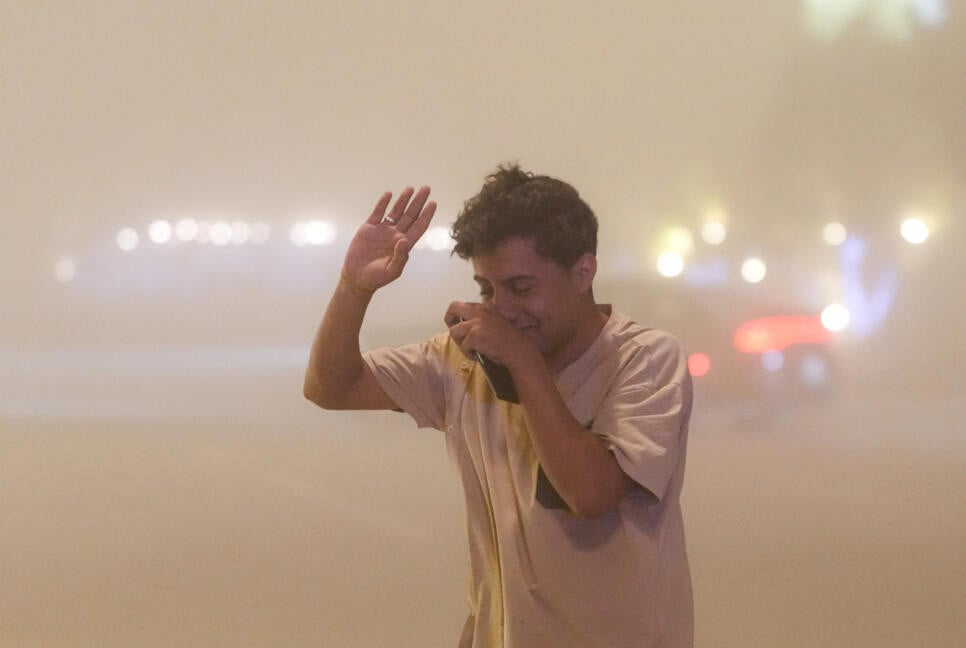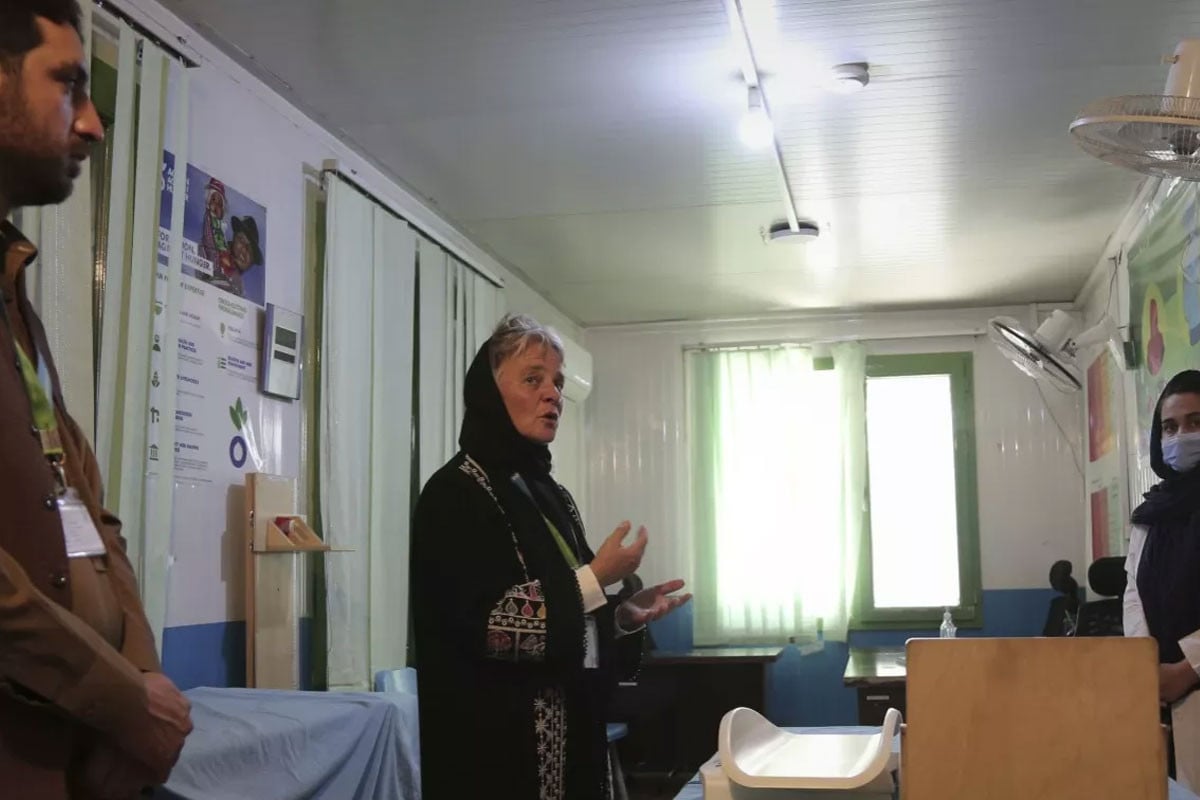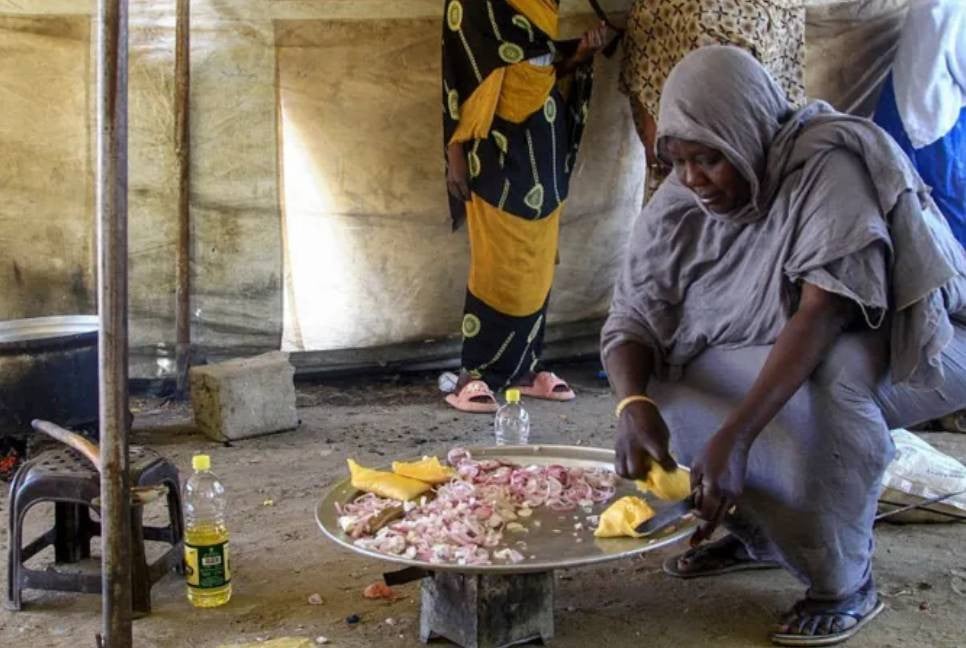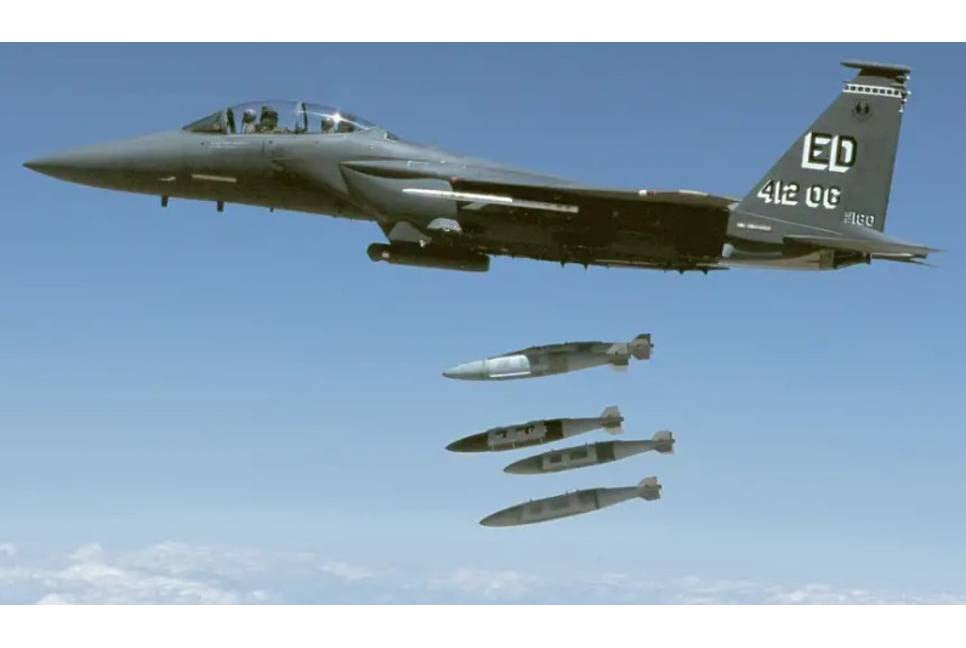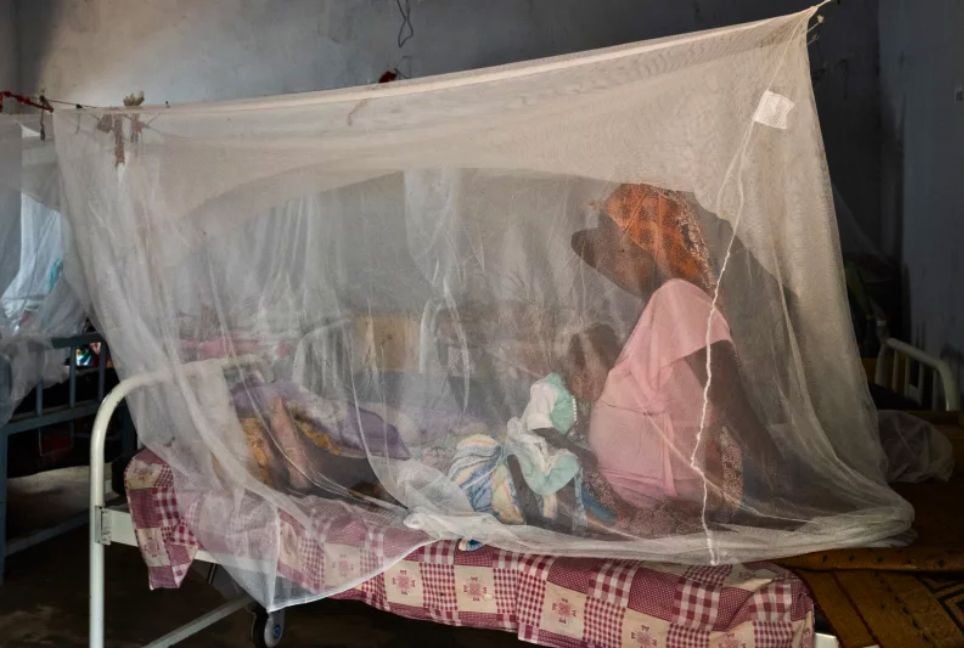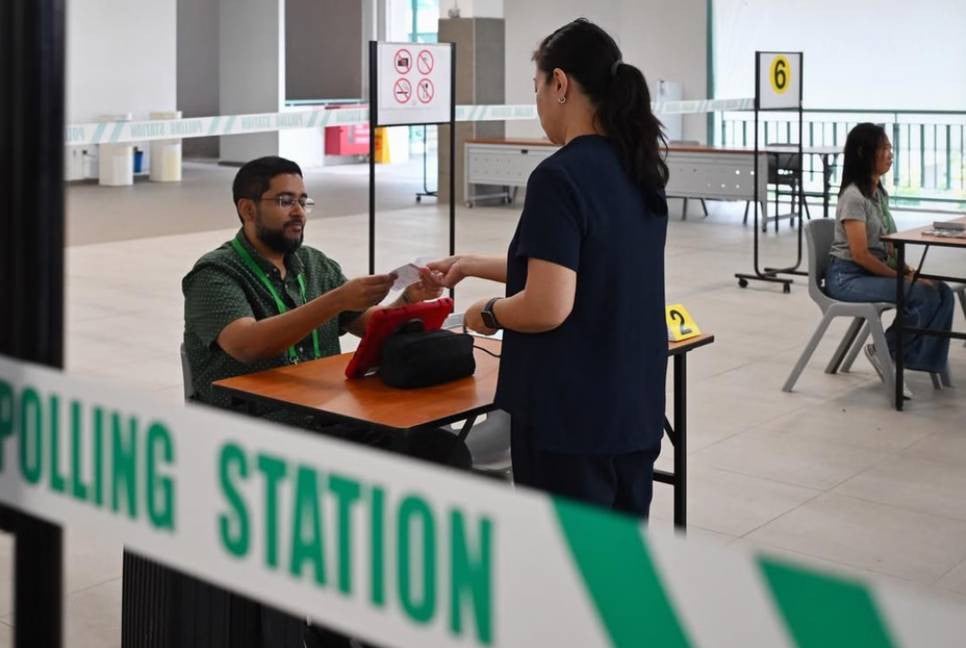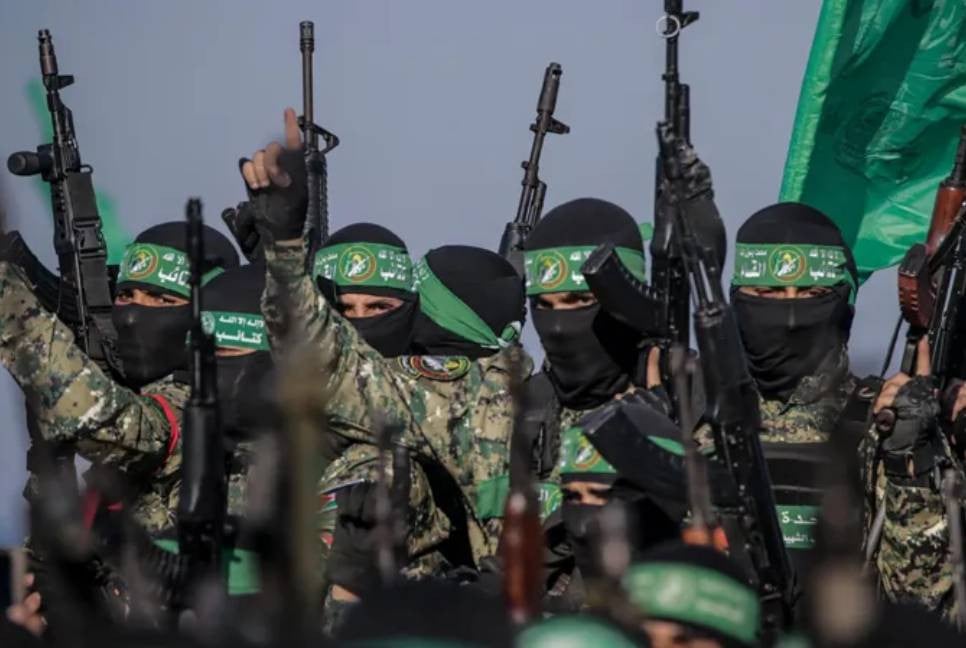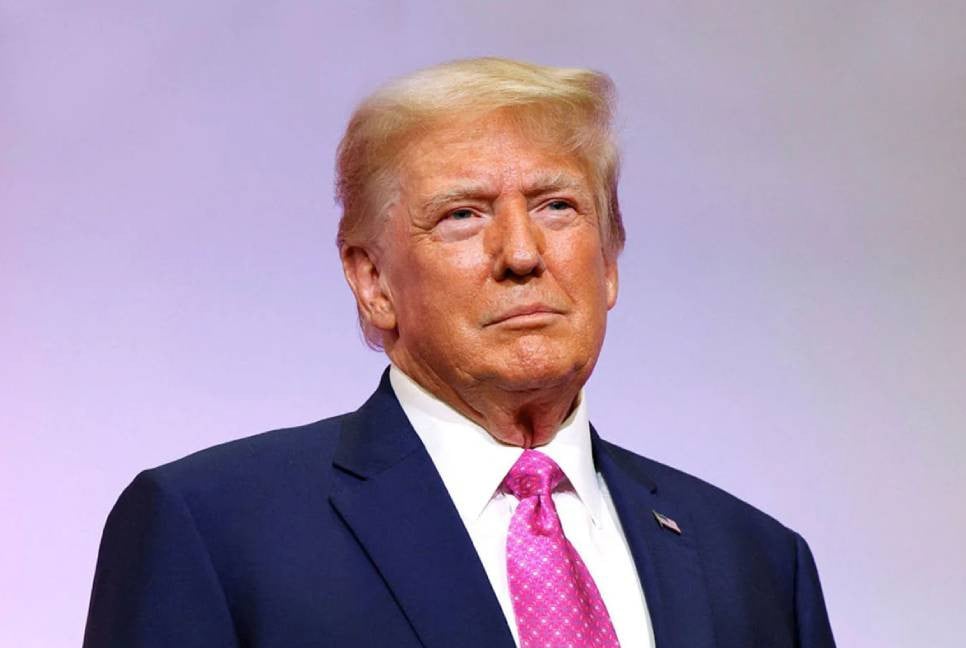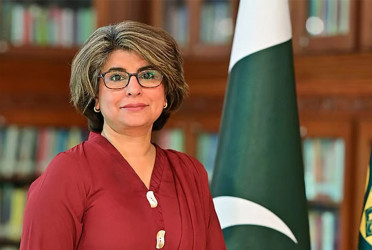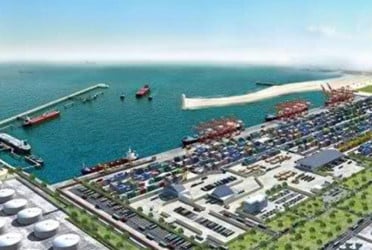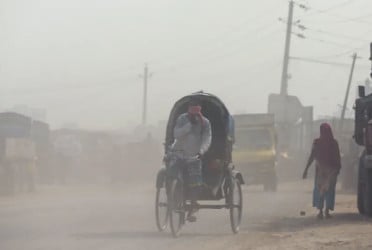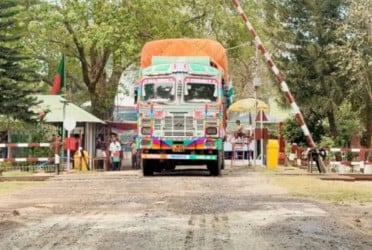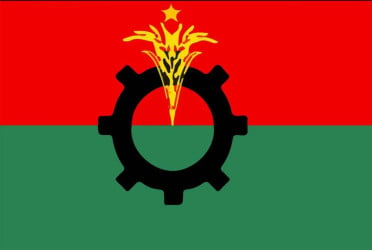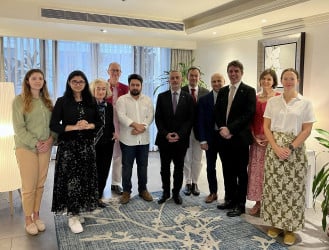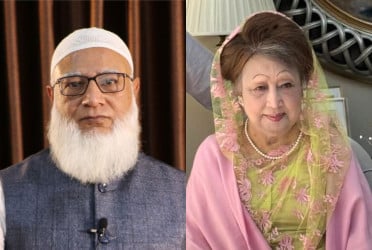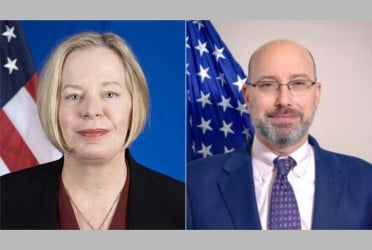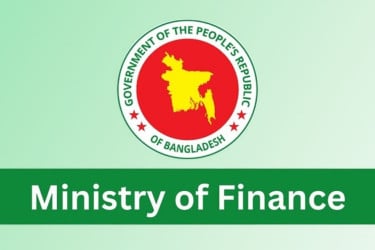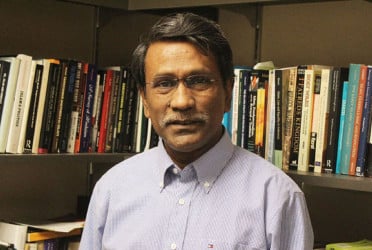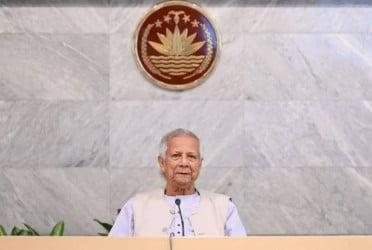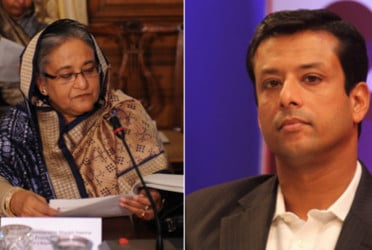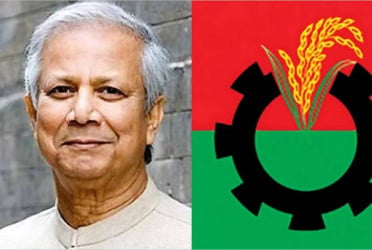As the first week of COP29 has come to an end, there has been progress in discussions on climate finance, but a full agreement is still out of reach.
Negotiators have made progress by streamlining the New Collective Quantified Goal (NCQG) draft text, which is seen as a positive step forward.
However, with over 15 pages still needing reduction, reaching the ideal 10-page document remains a challenge, reports UNB.
How much funding is needed?
Developing countries are calling for an annual climate finance commitment of $1.3 trillion, which they believe is essential for meeting their climate action targets and coping with the escalating impacts of climate change.
Who will contribute?
Initially, wealthier nations were expected to be the primary contributors. However, there is increasing pressure on emerging economies to also participate financially. Developed countries are now advocating for the inclusion of emerging economies as significant contributors to the climate fund.
Who will be benefited?
The climate fund is primarily intended to support developing countries, with particular emphasis on Least Developed Countries (LDCs) and climate-vulnerable states. The Alliance of Small Island States (AOSIS) and the LDCs have separately called for dedicated funds, with LDCs requesting $220 billion and AOSIS seeking $39 billion. Notably, both groups, typically aligned with G77 + China, have taken an independent stance on this issue.
A day of rest
Tomorrow has been declared a rest day at COP29, allowing delegates to recharge before resuming critical discussions on Sunday. The negotiations will be crucial in shaping future climate action and determining the fate of those most affected by climate change.
As COP29 enters its second week, it remains to be seen whether global leaders can bridge.
Bd-pratidin English/ Fariha Nowshin Chinika


